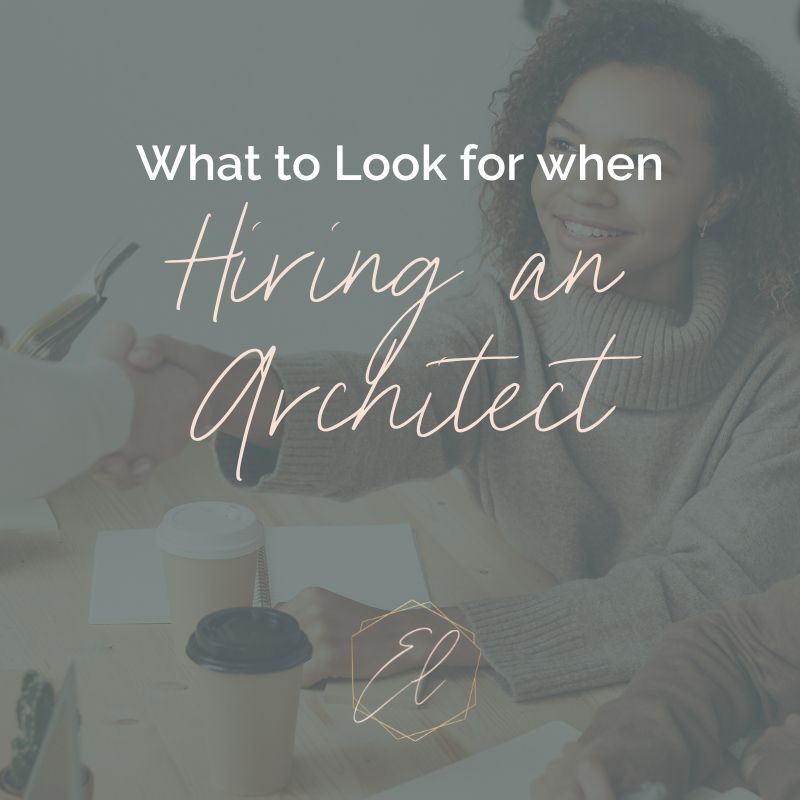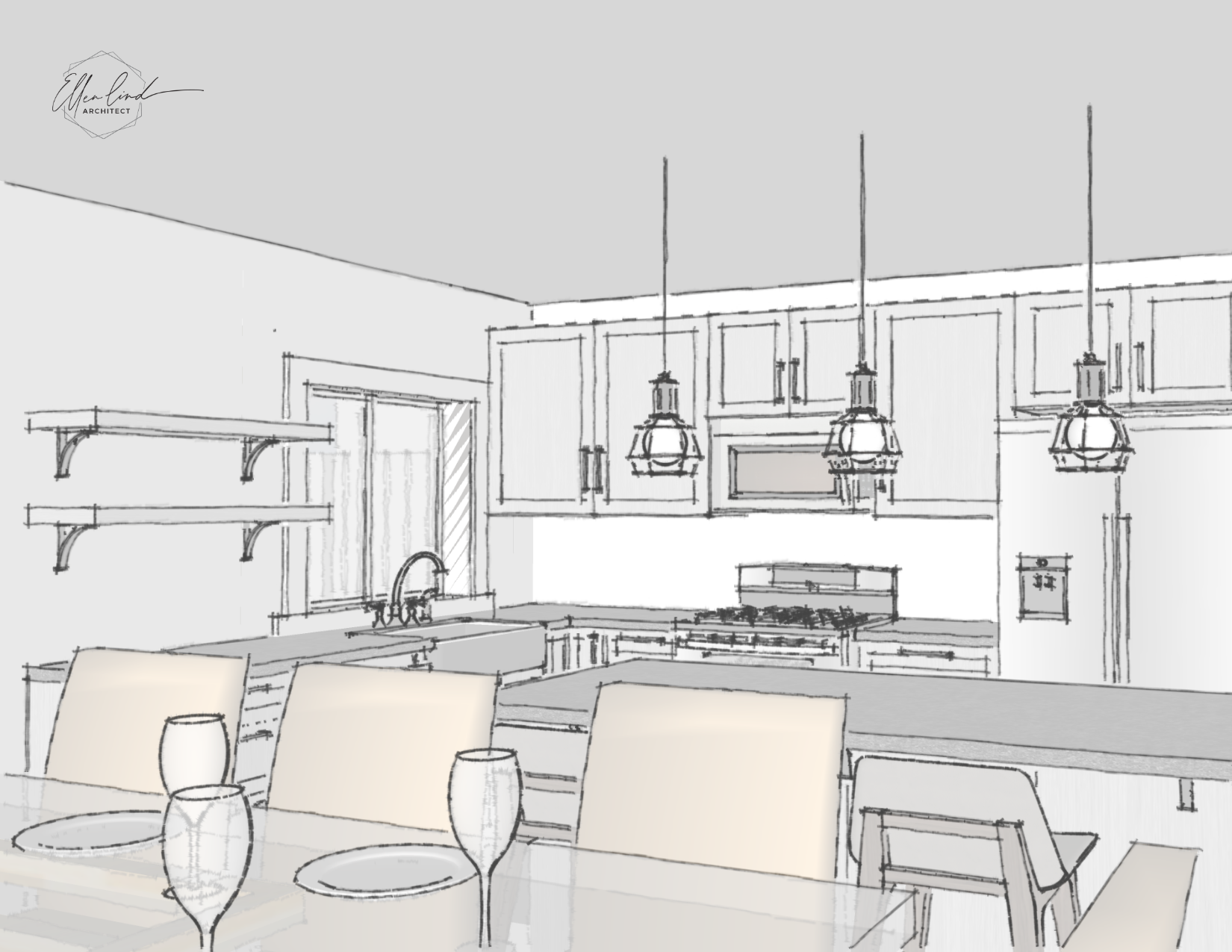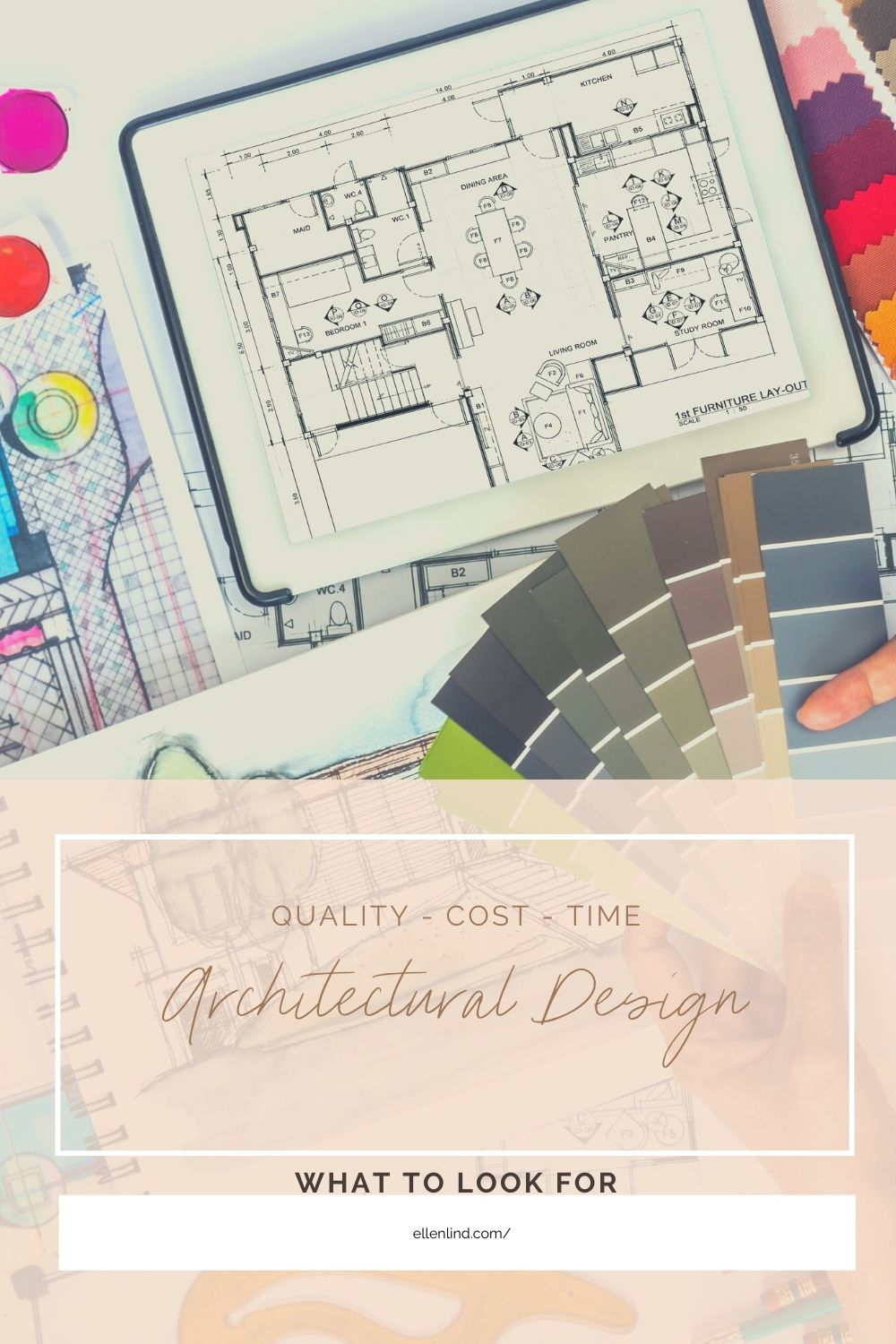
Why going cheap equals disaster
Time and time again, I talk to homeowners on their second addition or renovation project and I hear their biggest mistake of their first project was skimping on the design and hiring a designer who was too good to be true. So you may be wondering what to look for in hiring an architect? Let's go over the options.
Unfortunately the architecture industry (especially with residential architecture) is riddled with designers who are like the quacks of the wild west selling their cure all medicine. The perfect answer: fast, cheap and good work is what everyone is looking for. Problem is, it's impossible for you to find all three. At the end of the day, cheap design = expensive construction or even worse having to tear things down in a few years because that cheap design was just a bandaid solution. Not a design that you'll love and will serve you for years to come.
Quality - Cost - Time
The Value Triangle. Ever seen it before? You know the value triangle, though it's called other things also such as the trade-off triangle. Think of it as 3 bisecting lines. The first line is price going from cheap off in the corner to directly across being expensive. The next line is quality with quality in that corner and directly across is bad quality and the third line represents time, with fast in the corner and directly across being a snails pace. Most homeowners when they come to the architect, it typically the first person they talk to and when they hear the numbers of what they need for their project and what to expect. They get sticker shock.

Ground Floor Master Addition Example
Just as an example adding on a ground floor master suite might require:
- Architect
- Survey
- Soils Report from a Geotechnical Engineer
- Structural Engineer
- HVAC Mechanical Load Calculations from a Mechanical Engineer
- Asbestos testing and abatement
- General Construction
- Owner's Expenses during Construction
- Permits
- Landscaping
- Contingency fund
- Etc.
And that's just a start...
The biggest expense of that of course is during construction. The General Construction and owners expenses during construction. Some contractors have owners pay for certain finishes and materials where a difference in grade selection can mean a difference in final price. So those items are left off their bid, with just the installation is included. And with how much materials and labor have risen in the last few years, on top of years of increased construction costs due to stricter codes and more advanced but expensive materials. Homeowners are getting sticker shock when they plan their project looking for anywhere they can cut costs.
I see it over and over again... They cut corners in the design and have one of three results.
Three Possible Results...
- They hate the project because they cut too many corners and did too much of the work themselves. It's not the design they love, just ok. You know, grin and bear it... If you're going to be spending hundred's of thousands on a remodel or addition - shouldn't it be the home that you love?
- Every penny they thought they saved by going with one of the cheaper designers. The one who promised them the moon lead to expensive change orders that ended up costing them more money in the long run than if they had invested in quality design.
- They never build it. Yep I've see that too many times. I can't tell you how many times I hear from stressed out homeowners who are stressing because their design is too expensive, doesn't work, and is failing permit for cutting too many corners. How many times I've been asked to come in and help out and fix someone else's mistakes.
So obviously going with the cheapest designer isn't the answer. But what about one of those combos?


The Cheap and Fast Designer
I hear it time and again from first time homeowners remodeling or adding onto their home. They found someone else whose cheap, and claims to be fast and quality. Well they might be quality and they might be fast but it's impossible to be all three.
Problem is it's someone desperate enough for the work, which means they're going to do inferior work if they're keeping on schedule. Remember our triangle. Cheap and Fast means poor quality. It's like that old saying you want to measure twice and cut once. This option though is measuring once and you guessed it, cutting twice.
Often times the homeowners have to start all over again with someone else, because the mistakes are so bad that its easier to start over than to fix them. I remember one project where a homeowner came to me, he'd gotten a friend to do his original design, and couldn't understand why the city wasn't willing to approve the design. I looked it over, ran over the hours it would take to fix the drawings and explained to him all the drawings that Denver requires that he was missing and what that fee would be. I'm afraid it was almost as much as if he'd started from scratch wasting all the money he'd already spent. I didn't fix that project, because he realized he didn’t have the funds to even build it, but I’ve fixed countless other projects where when they went with cheap and fast they lost on quality leading to expensive delays.


The Cheap and Quality Designer
I admit this was me, and I'm thankful for patient clients who understood I would not sacrifice quality to get them the right design that they loved. The problem with this method is that the designer isn't giving you the amount of attention they should and with juggling so many projects to stay open your project goes on the back burner.
Look at the value triangle. You're still getting great results but throw the timeline out the window. The whole process easily can take a year or longer from starting design to finishing construction. If you're on schedule that is. If you're not it can take years.
Project Timelines...
Often a project that's on schedule and moving along can take 2-6 months for design (depending on the size of the project. Obviously a tear down and new house on the same location is a lot more extensive then expanding the kitchen or adding a bathroom to the master bedroom). Then it might take you 2-6 months for permitting and getting on the schedule of the contractor you want.
Most municipalities want the contractor to do the submittal and most contractors want to bid on completed drawings for a more accurate price. So you're six months to a year most likely before construction even starts. And that's if everything stays on schedule.
Because of that, when time is money you want to ensure that the design is both quality and fast, which means investing in a design that you love and working with you to speed up the process to create a result that you love while reducing the biggest hangup I see during the design process. Decision fatigue, we’ll talk more about that though in a few weeks.
The Fast and Quality Designer
The sweet spot, and in the long run typically the cheapest option isn't the cheapest designer or architect instead it's the fast and quality designer. Something that at Ellen Lind, Architect I strive to be for you.
Here are three benefits for going with the fast and quality designer:
-
- During the design process you as the homeowner have a ton of design decisions to make. My role as architect is to reduce decision fatigue and streamline the design process, by creating a design that is both quality and one that you love. One that truly will serve you. And the more decisions we make during the design process the less risk for expensive change orders and construction delays.
- The whole timeline is long even if everything stays on schedule. You want to keep everyone coordinated and on schedule and reduce delays. We do this by coordinating with everyone and keeping a whole project schedule and defining each week what design decisions need to be made from the start, so that we work together to go from the big picture to small as quickly as possible.
- Before we build we look at the design both in quick 3D images and in more time consuming renderings. We also look and model things such as lighting analysis’s, materials and finishes so we can be more confident that we have an all encompassing design.
What does Quality Mean?
But what does quality mean? Quality means that we’re working to ensure that we’re designing and documenting as extensively as possible the design addressing various aspects throughout the project so that there’s less unknowns when construction starts and that every aspect of the design is thought out, and not rushed.
We balance that though by recognizing what is a priority to decide and design and what can wait for another day. Ensuring we don’t sacrifice quality unnecessarily.
For example. We might design and define down to the flooring type, and standard of finish and color selection, but not the exact finish selection. So that there’s flexibility during construction to select what is available at that time and provides the best balance between quality and price for you the owner.

Here at Ellen Lind, Architect we offer three levels of services.
Basic Design services, sort of that middle ground sweet spot where we sacrifice some quality to give you a cheaper option for design. This is great for those who don't need all the bells and whistles and fast is way more important then quality.
Design it With a Plan, our system that I created after years of working in architecture offices specializing in residential design and seeing clients live nightmares through the whole process and wanting to see how best to improve the system to better serve homeowners. This is the system that I've created to improve design, and more importantly reduce decision fatigue. How? We look at the whole picture, your style, your design and your values and create a design that truly reflects you and what you love.
Design it with a Plan Plus, this is everything in our design it with a plan package with one additional highly valuable addition. With construction so volatile even us professionals in the industry it can be hard to estimate the cost of construction. Which is why when we’re 75% complete, we have a construction estimator price the project. From there we adjust the design until we get the project within the construction budget ballpark range.
Next Steps
So what's your first step? Before you talk to any designers or architects or any other professionals in the building industry about hiring them? I’ve got a live workshop on the 1st and 3rd Monday of the month at 4pm live. Go to ellenlind.com/workshop for more info on how to sign up. In the workshop we go over the 5 steps homeowners should take before they talk to a designer or architect.
